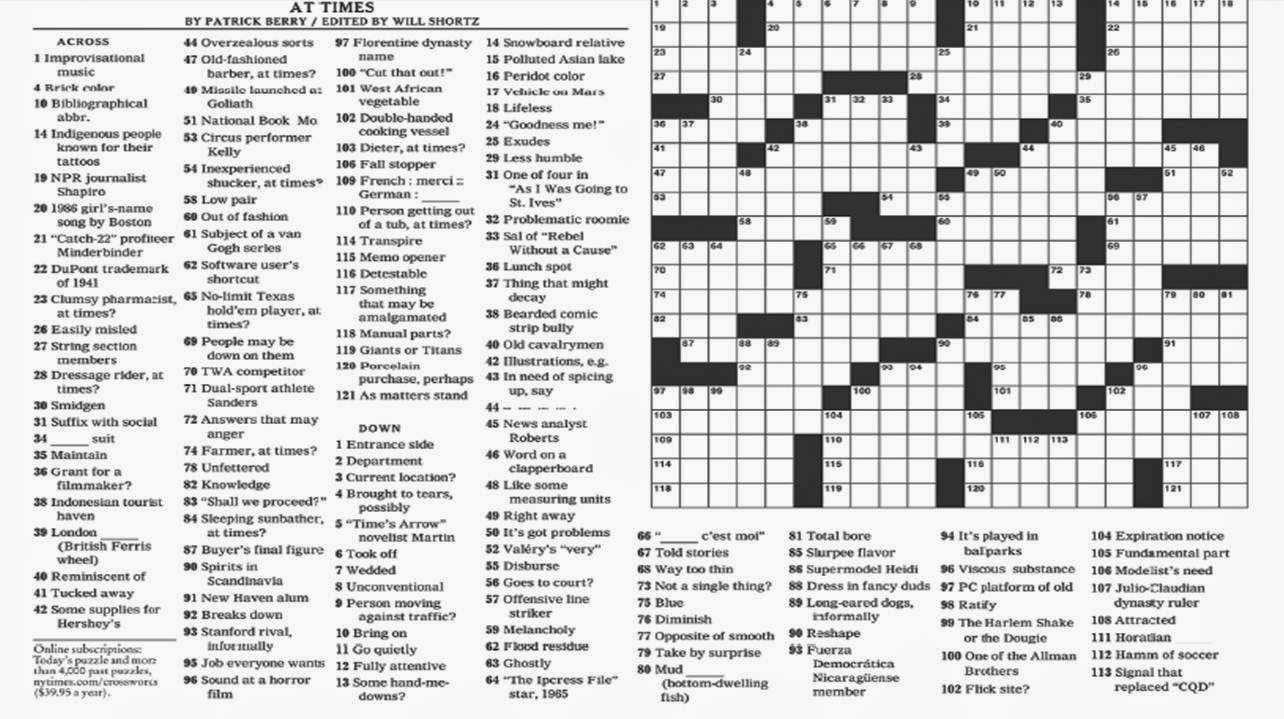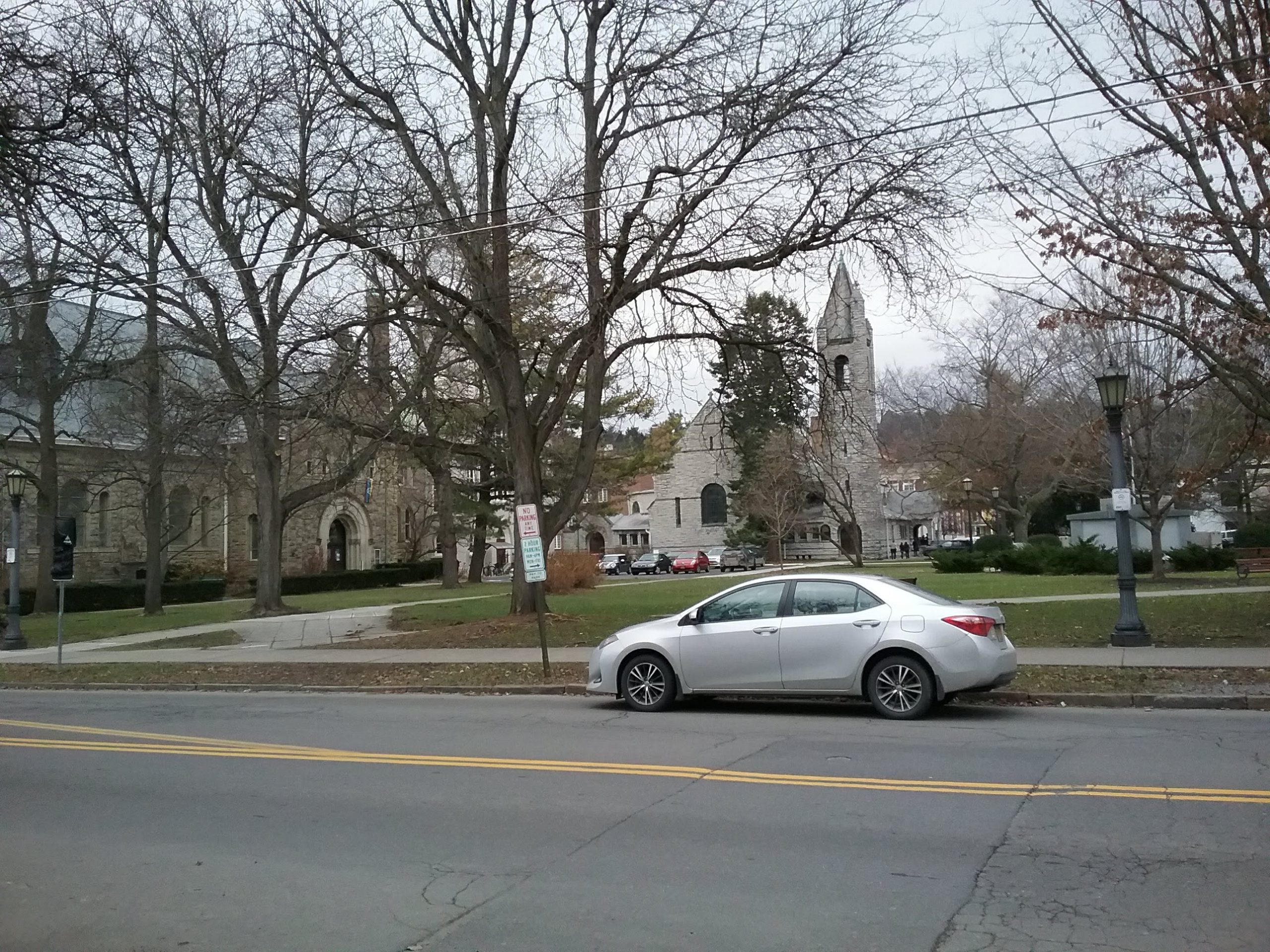How Winter Weather Advisories Affect School Decisions

Table of Contents
Understanding Different Winter Weather Alerts and Their Severity
Navigating the various winter weather alerts can be confusing. Knowing the difference between a watch, warning, and advisory is essential for understanding the potential impact on school operations. Different alerts signify different levels of severity and the likelihood of dangerous winter conditions.
- Winter Weather Advisory: This alert indicates that potentially hazardous winter weather is expected. Conditions might include light to moderate snow, freezing rain, or sleet. While not as severe as a warning, it’s important to be aware and prepared for potential travel difficulties. Schools may remain open, but delays are possible.
- Winter Storm Warning: This is a more serious alert, signifying that significant winter weather is expected, possibly causing dangerous travel conditions. Heavy snow, strong winds, and significant ice accumulation are likely. School closures or delays are highly probable under a Winter Storm Warning.
- Blizzard Warning: This is the most severe alert. A blizzard warning indicates sustained winds of 35 mph or greater and considerable falling or blowing snow that significantly reduces visibility to less than ¼ mile for at least three hours. Travel is extremely dangerous, and school closures are almost certain.
- Ice Storm Warning: This signifies the potential for significant ice accumulation from freezing rain, causing power outages and hazardous travel conditions. Schools are highly likely to be closed or delayed.
- Winter Storm Watch: This is a preliminary alert indicating that hazardous winter weather is possible within the specified area. It's a heads-up to prepare, and while schools may remain open, close monitoring of the situation is advised.
[Insert image/graphic comparing different winter weather alert levels here]
Factors Influencing School Closure or Delay Decisions
School districts don't base closure decisions solely on weather advisories. Numerous factors influence the final decision, prioritizing the safety and well-being of students and staff. These include:
- Road Conditions: Impassable roads due to snow, ice, or flooding severely limit bus transportation and student commutes. The condition of roads, particularly those leading to schools and used by school bus routes, plays a critical role.
- Bus Transportation: The ability of school buses to navigate treacherous road conditions safely is paramount. Bus delays or complete route cancellations can lead to school closures.
- Staff Safety: Ensuring that staff can safely reach the school is a significant factor. Severe weather conditions may prevent staff from commuting, leading to insufficient personnel for school operation.
- Student Safety: The safety of students walking or biking to school is always a top priority. Icy sidewalks, reduced visibility, and dangerously cold temperatures can make these commutes unsafe.
- School District Policy: Each district has its own established protocol for severe weather, outlining specific guidelines for making closure or delay decisions.
- Temperature and Wind Chill: Extremely low temperatures and wind chills can pose health risks for students, influencing the decision to close schools to protect their well-being.
The Role of Transportation in School Closure Decisions
Transportation plays a pivotal role in school closure decisions. School bus routes are often the first to be affected during severe weather. Road closures, icy conditions, and limited visibility all contribute to transportation challenges. Even if the school itself is accessible, if a significant number of students rely on bus transportation, a school closure might be necessary to ensure their safety. Parents who rely on private transportation should also exercise caution. Icy roads and reduced visibility present significant risks, even with private vehicles.
How Schools Communicate Closure or Delay Information
Effective communication is crucial during winter weather events. Schools typically utilize multiple channels to inform parents and students about closures or delays:
- School Website: Dedicated weather information pages often appear on school websites, providing updates, alerts, and contact information.
- Automated Phone Calls: Automated phone systems are used to directly reach parents and guardians with urgent announcements.
- Email and Text Message Alerts: Many schools utilize email and text alerts to send immediate notifications to parents and students.
- Social Media Announcements: Platforms like Facebook and Twitter are used to disseminate updates quickly and reach a wide audience.
- Local News Partnerships: Schools often partner with local news outlets to broadcast closure announcements.
Parents should familiarize themselves with their school’s preferred communication methods to ensure timely receipt of crucial information.
Preparing for Winter Weather and School Closings
Preparation is key to minimizing disruption during winter weather events. Both parents and educators can take proactive steps to ensure a smooth transition if schools close.
- Emergency Preparedness: Creating a winter weather emergency kit including extra blankets, flashlights, non-perishable foods, water, and any necessary medications can provide essential support during disruptions.
- Backup Childcare: Having a backup childcare plan in place is crucial, as last-minute arrangements are often difficult to secure during widespread weather events.
- Remote Learning Options: Familiarize yourself with your school's remote learning options or platforms in case they are implemented during closures.
- Flexible Work Arrangements: Communicate with your employer about flexible work arrangements to accommodate unexpected school closures.
Conclusion
Understanding how winter weather advisories affect school decisions is crucial for ensuring the safety and preparedness of students and staff. School closures and delays are not taken lightly and are based on several factors, prioritizing the well-being of everyone involved. From understanding the severity of different weather alerts to having a plan in place for childcare and remote learning, preparation is key. Stay informed about weather alerts in your area and familiarize yourself with your school district’s procedures for winter weather disruptions. By staying informed and prepared for any winter weather event, you contribute to a safer and more manageable experience for all.

Featured Posts
-
 Solving The May 1 Nyt Mini Crossword Focus On Marvel The Avengers
May 21, 2025
Solving The May 1 Nyt Mini Crossword Focus On Marvel The Avengers
May 21, 2025 -
 Mainzs Henriksen The Next Klopp Or Tuchel
May 21, 2025
Mainzs Henriksen The Next Klopp Or Tuchel
May 21, 2025 -
 Dexter Resurrection Wat Betekent De Terugkeer Van John Lithgow En Jimmy Smits
May 21, 2025
Dexter Resurrection Wat Betekent De Terugkeer Van John Lithgow En Jimmy Smits
May 21, 2025 -
 The Goldbergs Why This Show Continues To Resonate With Audiences
May 21, 2025
The Goldbergs Why This Show Continues To Resonate With Audiences
May 21, 2025 -
 Planning For The Upcoming Drier Weather Conditions
May 21, 2025
Planning For The Upcoming Drier Weather Conditions
May 21, 2025
